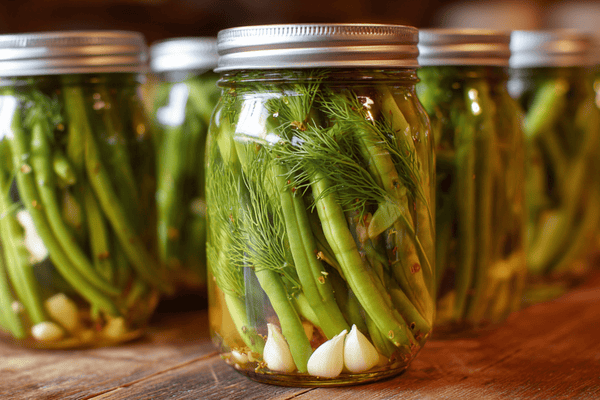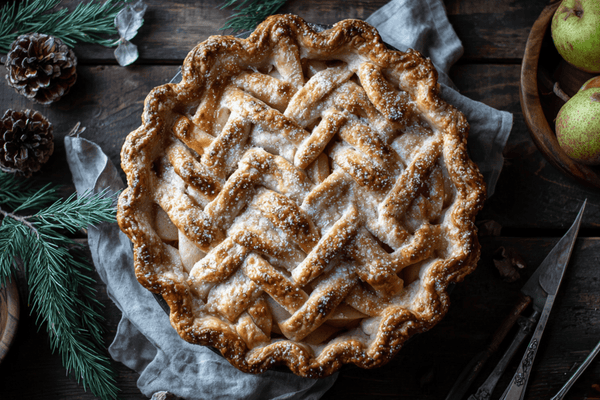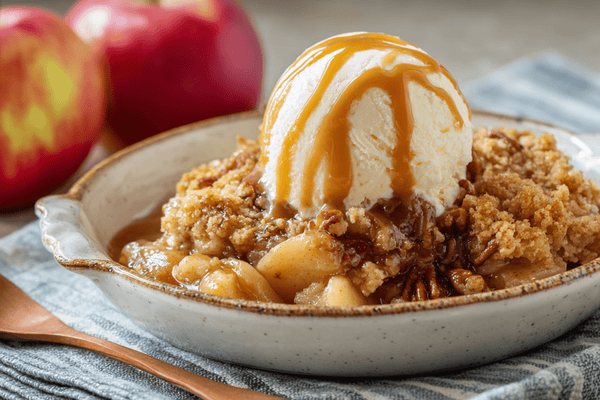
Ladies and gentlemen, step right up and meet the star of the kitchen, the one, the only, the paring knife! This pint-sized powerhouse may look small, but don't let its size fool you. This baby can peel, trim, chop, mince, open, dig, create, detail, fillet, and cut with the best of them.
It's like a tiny superhero for your kitchen needs. With its sharp pointy tip and its short blade, it's perfect for all those little jobs that you never knew you needed doing. So, whether you're trying to impress your guests with fancy fruit garnishes or just trying to get the pit out of an avocado, the paring knife has got your back. Let's have a look at the paring knife and best paring knife uses. What are paring knives used for?
Table of contents
- What is a Paring Knife?
- Peeling fruits and vegetables with a Paring Knife
- Trimming meats
- Cutting small fruits and vegetables
- Mincing herbs with a Paring Knife
- Opening packages and letters
- Removing seeds and pits from fruits
- Creating decorative garnishes
- Detailing work for pastry and baked goods
- Filleting fish
- Making small precise cuts.
- Conclusion
What is a Paring Knife?
A paring knife is a small knife with a sharp edge, that is commonly used for peeling and cutting fruits and vegetables, mincing herbs, and making small precise cuts.
Most paring knives typically has a blade that is 3-4 inches long and a pointed tip, which allows for precise control and maneuverability. It's a versatile tool that is an essential in any kitchen.
Peeling fruits and vegetables with a Paring Knife
 The sharp, pointed tip and short blade of the knife allows for precise control and maneuverability when removing the skin or outer layer of produce.
The sharp, pointed tip and short blade of the knife allows for precise control and maneuverability when removing the skin or outer layer of produce.
This makes it ideal for peeling fruits and vegetables with small or irregular shapes, such as apples, potatoes, and carrots.
The small size of paring knives also allows for easy access to tight spaces and crevices, making it perfect for peeling the skin of fruits and vegetables with knobs or irregular surfaces.
Additionally, the sharp blade allows for easy and efficient removal of skin, making it a great tool for preparing fruits and vegetables for cooking or eating.
Trimming meats
 A paring knife can also be used like ab boning knife and is useful for trimming meats, particularly for removing fat or sinew.
A paring knife can also be used like ab boning knife and is useful for trimming meats, particularly for removing fat or sinew.
The sharp, pointed tip of the knife allows for precise cuts, with serrated paring knives making it easy to remove unwanted parts of the meat while leaving the desired portions intact.
Using a sharp paring knife to trim meat can also help to create more uniform portions, which can be important for cooking and presentation.
Additionally, removing fat and sinew can help to improve the taste and texture of the meat by removing chewy or unappealing parts.
Cutting small fruits and vegetables
The small size and sharp blade of a paring knife make it perfect for cutting small fruits and vegetables, such as cherry tomatoes or baby carrots.
The knife's size allows for easy control and maneuverability, making it easy to make precise cuts without squashing the produce.
Additionally, the small size of the knife can be useful when working with small or delicate items as it allows for greater precision and control compared to larger knives.
Mincing herbs with a Paring Knife
 A paring knife can also be used for mincing herbs. The sharp blade makes it easy to finely chop herbs, such as parsley, basil, or cilantro, for use in cooking or as a garnish.
A paring knife can also be used for mincing herbs. The sharp blade makes it easy to finely chop herbs, such as parsley, basil, or cilantro, for use in cooking or as a garnish.
Mincing herbs with the curved blade of a paring knife allows for greater control and precision compared to chopping herbs with a larger knife or using a food processor.
Additionally, using a paring knife to mince herbs can help to preserve the delicate flavour and aroma of the herbs.
Opening packages and letters
These kitchen knives can also be used for opening packages and letters. The sharp point of the blade can be used to easily slice through tape or paper, making it a handy tool for opening packages or letters.
This can be especially useful when opening packages that have been sealed with heavy-duty tape or when opening letters that have been sealed with wax.
Removing seeds and pits from fruits
A paring knife is also useful for removing seeds and pits from fruits. The sharp point of the blade can be used to dig out seeds from fruits such as apples or plums, or to remove the pit from fruits like peaches or avocados.
Removing seeds and pits can make fruits easier to eat, and can also be used to prepare fruits for cooking or baking. Additionally, removing the pit from fruits like avocados can help to make them easier to cut and prepare.
Creating decorative garnishes
 The sharp blade and precise point of a paring knife makes it ideal for creating decorative garnishes.
The sharp blade and precise point of a paring knife makes it ideal for creating decorative garnishes.
This can include things like cutting fruit into flower shapes, making intricate designs in vegetables or creating a beautiful peeling of citrus fruits.
These garnishes can be used to add visual appeal to dishes, making them more attractive and inviting to eat. Additionally, creating decorative garnishes can be a fun and creative way to express oneself in the kitchen.
Detailing work for pastry and baked goods
A paring knife is also useful for detailed work on pastry and baked goods. The sharp blade allows for precise cutting and shaping of dough, making it a great tool for creating intricate designs on pastries or preparing ingredients for baking.
Additionally, a paring knife can be used to make precise cuts in dough to create designs or patterns, such as fluting the edges of a pie crust.
Filleting fish
The sharp blade and precise point of a paring knife make it a great tool for filleting fish. The small size of the knife allows for easy control and manoeuvrability, making it easy to remove the bones and skin from fish while leaving the meat intact.
Filleting fish with a paring knife can be a delicate task, but with practice, it can result in a clean and precise fillet.
Additionally, the small size and sharpness of the paring knife can be useful for removing bones and skin from small fish such as sardines or anchovies.
Making small precise cuts.
A paring knife is a great chef's knife for making small, precise cuts. The sharp blade and pointed tip, especially of the bird's beak paring knife, allow for easy control and precision, making it useful for cutting small items or making intricate cuts on a cutting board.
This can include things like cutting small fruits and vegetables, mincing herbs, and making detailed cuts for pastry and baked goods.
Additionally, a paring knife can be used for cutting small or delicate items such as mushrooms, berries or even small pieces of meat. The small size and sharpness of the paring knife allows for precision and control when making these cuts, making it an essential tool for any kitchen.
Final Thoughts
In conclusion, a good paring knife is the ultimate kitchen sidekick. It's small but mighty, sharp but nimble, and versatile but precise. It's the Robin to your Batman, the Watson to your Sherlock, the Donkey to your Shrek.
It may not be the biggest knife in the block, but it's certainly the most useful. So, the next time you're in the kitchen, don't forget to give your trusty paring knife the appreciation it deserves.
It's like a small and mighty utility knife and let's face it, without this small blade, you'd be lost in a sea of peelings, seeds and unevenly cut vegetables.


